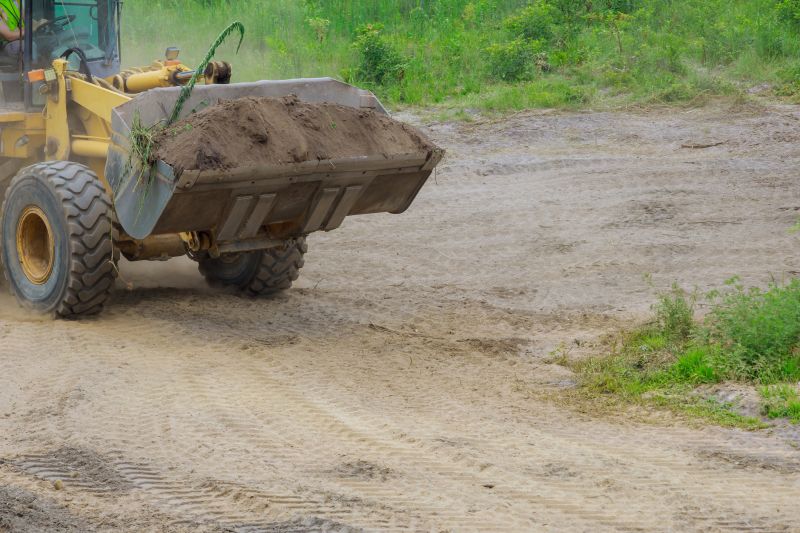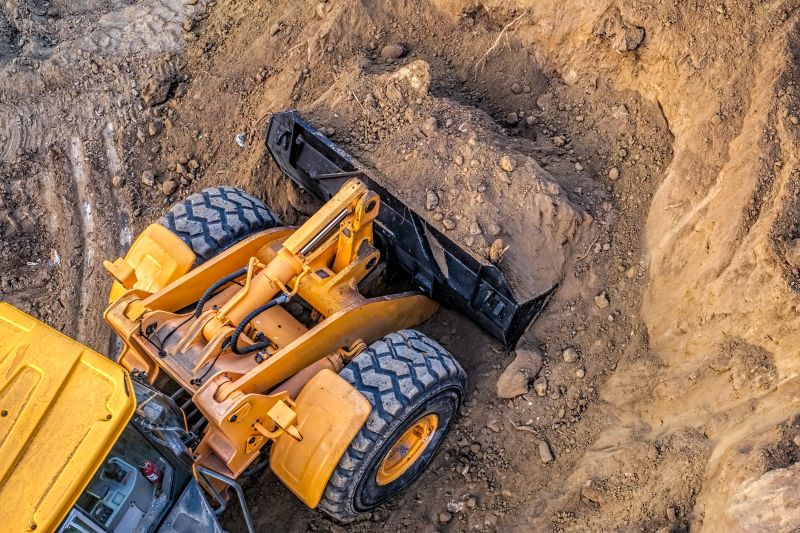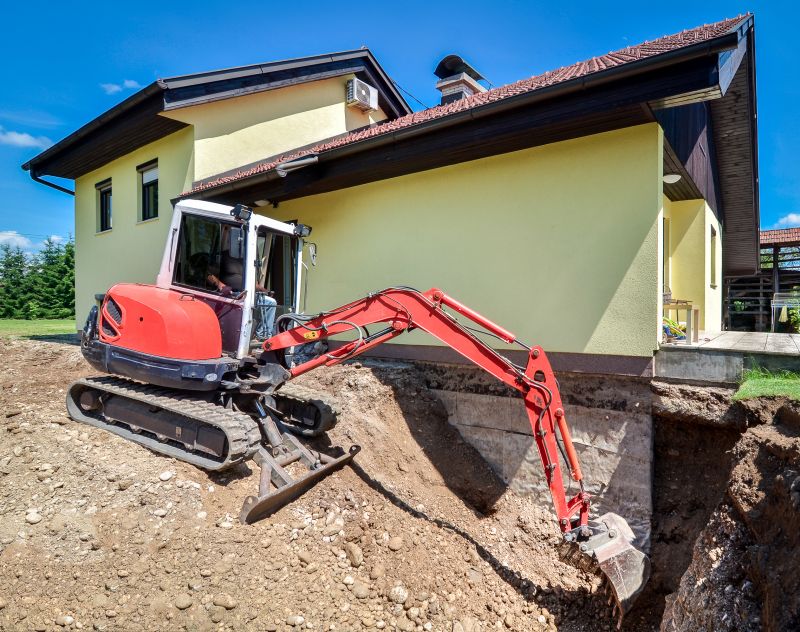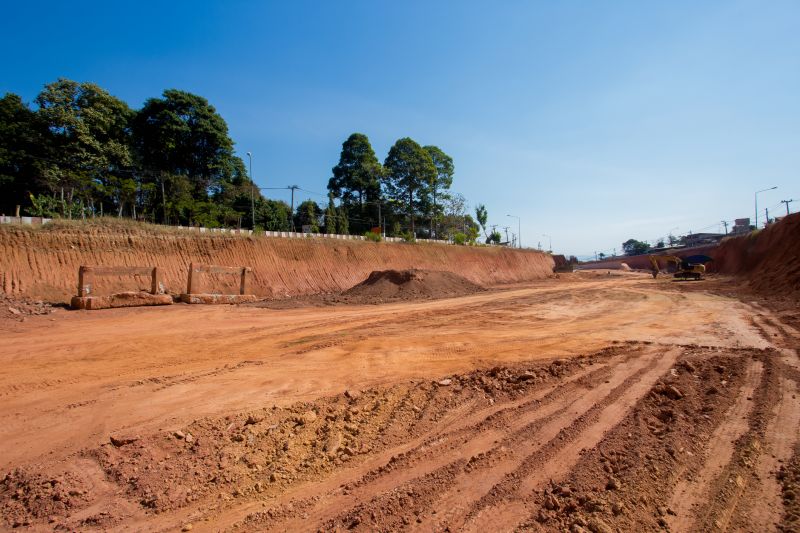Optimal Timing for Earth Moving Projects
Earth movings involve the excavation, grading, and reshaping of land for construction, landscaping, or infrastructure projects. Timing plays a crucial role in ensuring safety, efficiency, and cost-effectiveness. Proper scheduling can minimize delays caused by weather conditions and optimize resource use.
Spring and fall are generally ideal for earth movings due to moderate temperatures and stable soil conditions, reducing the risk of delays caused by extreme weather.
Dry periods with minimal rainfall help prevent soil instability and erosion, making them suitable for earth moving activities.
Soil moisture levels influence excavation difficulty. Planning during times of optimal soil dryness can improve efficiency and safety.
Scheduling earth movings during seasons with predictable weather reduces the likelihood of project interruptions and cost overruns.

Ways to make Earth Movings work in tight or awkward layouts.

Popular materials for Earth Movings and why they hold up over time.

Simple add-ons that improve Earth Movings without blowing the budget.

High-end options that actually feel worth it for Earth Movings.

Finishes and colors that play nicely with Earth Movings.

Little measurements that prevent headaches on Earth Movings day.

A 60-second routine that keeps Earth Movings looking new.

A frequent mistake in Earth Movings and how to dodge it.
| Season | Ideal Conditions |
|---|---|
| Spring | Moderate temperatures, stable soil, minimal rain |
| Fall | Cooler weather, dry soil, fewer storms |
| Summer | Hot temperatures, potential for drought conditions |
| Winter | Frozen ground, difficult excavation, safety concerns |
Understanding the optimal timing for earth movings can lead to smoother project execution, cost savings, and enhanced safety. Proper planning considers seasonal weather patterns, soil conditions, and temperature fluctuations to determine the most suitable periods for excavation and land reshaping activities.

Small tweaks to make Earth Movings safer and easier to use.

Lower-waste or water-saving choices for Earth Movings.

The short, realistic tool list for quality Earth Movings.

Rough timing from prep to clean-up for Earth Movings.

Quick checks and paperwork to keep after Earth Movings.

Examples that show the impact a good Earth Movings can make.

Ways to make Earth Movings work in tight or awkward layouts.

Ways to make Earth Movings work in tight or awkward layouts.
Interested parties are encouraged to contact for more information about scheduling and planning earth movings to align with project timelines and seasonal considerations.



